Grass plays a pivotal role in maintaining ecological balance and promoting environmental health. One of the most significant benefits of grass is its ability to improve air quality. Through the process of photosynthesis, grass absorbs carbon dioxide and releases oxygen, contributing to cleaner air.
This is particularly important in urban areas where pollution levels are often high. The presence of grass can help mitigate the effects of air pollutants, providing a natural filter that captures dust, smoke, and other particulates. Moreover, grasslands can act as a buffer against noise pollution, absorbing sound and creating a more serene environment.
In addition to improving air quality, grass also plays a crucial role in water management. Grasslands have a unique ability to absorb rainfall, reducing surface runoff and allowing water to percolate into the soil. This not only helps recharge groundwater supplies but also minimizes the risk of flooding.
The root systems of grasses are particularly effective at holding soil in place, which prevents erosion and maintains the integrity of waterways. By promoting healthy water cycles, grasslands contribute to the overall resilience of ecosystems, ensuring that both flora and fauna can thrive.
Key Takeaways
- Grass helps to prevent soil erosion and maintain soil health, making it an important tool for environmental conservation.
- Grasslands act as a carbon sink, sequestering carbon dioxide from the atmosphere and helping to mitigate climate change.
- Grass provides habitat for a diverse range of plant and animal species, contributing to biodiversity conservation.
- Grass can be used in urban landscaping to reduce heat island effects, improve air quality, and provide green spaces for recreation.
- Grass can be used as a renewable energy source through processes such as bioenergy production and biomass conversion.
Grass as a Sustainable Resource
Sustainable Land Management Practices
For instance, many farmers are now adopting rotational grazing systems that allow livestock to graze on grasslands without overexploiting them. This method not only supports animal health but also enhances soil fertility as manure is naturally returned to the land.
Multi-Purpose Cultivation
Furthermore, grass can be cultivated for various purposes, including biofuels, erosion control, and even as a source of food for both humans and animals.
Grass as a Bioenergy Crop
Certain species of grass, such as switchgrass and miscanthus, are being researched for their potential as bioenergy crops due to their high biomass yield and low input requirements. These grasses can be harvested sustainably and converted into renewable energy sources, thus reducing reliance on fossil fuels. The versatility of grass as a sustainable resource underscores its importance in contemporary environmental management strategies.
Grass as a Tool for Carbon Sequestration
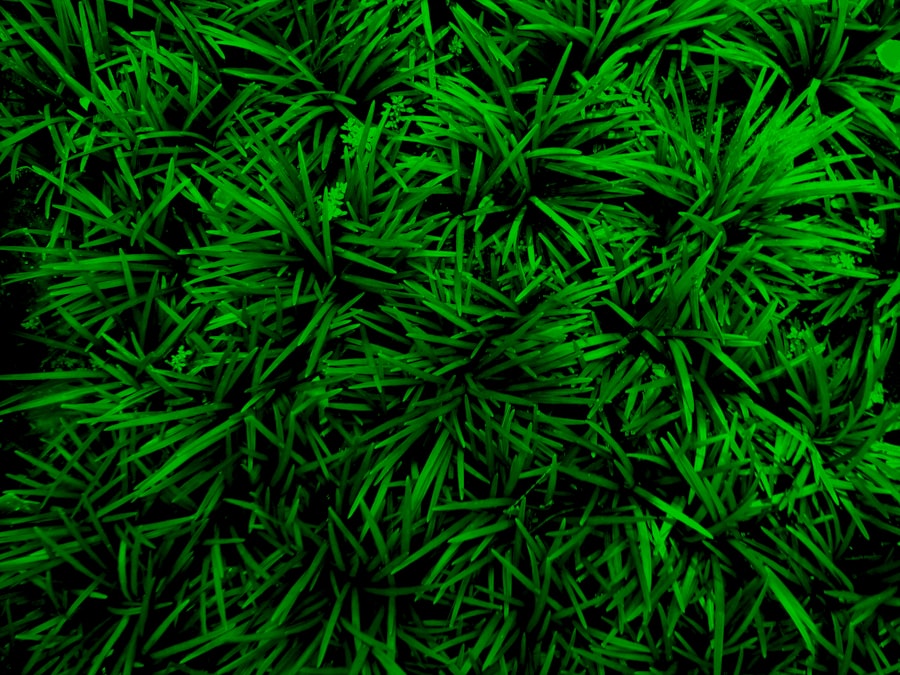
The role of grass in carbon sequestration is gaining increasing attention in the context of climate change mitigation. Grasslands have the capacity to store significant amounts of carbon in their root systems and soil. When grass grows, it captures carbon dioxide from the atmosphere and converts it into organic matter through photosynthesis.
This carbon is then stored in the soil as organic carbon, which can remain sequestered for long periods if managed properly. Research indicates that well-managed grasslands can sequester more carbon per hectare than some forest ecosystems. Moreover, practices such as rotational grazing and reduced tillage can enhance the carbon storage potential of grasslands.
By allowing grasses to recover between grazing periods, farmers can promote deeper root growth, which increases soil organic matter and enhances carbon sequestration. Additionally, minimizing soil disturbance through reduced tillage helps maintain soil structure and prevents the release of stored carbon back into the atmosphere. As such, grasslands represent a vital tool in the fight against climate change, offering a natural solution to reduce atmospheric carbon levels.
The Role of Grass in Erosion Control
| Grass Type | Erosion Control Effectiveness | Root Depth |
|---|---|---|
| Bermuda Grass | High | 6-60 inches |
| Fescue Grass | High | 12-48 inches |
| Zoysia Grass | High | 24-36 inches |
Erosion is a significant environmental issue that affects soil health, water quality, and landscape stability. Grass plays an essential role in controlling erosion through its extensive root systems that bind soil particles together. These roots create a network that stabilizes the soil, preventing it from being washed or blown away by wind and water.
In areas prone to erosion, such as slopes or riverbanks, establishing grass cover can significantly reduce the rate of soil loss. In addition to its physical properties, grass also contributes to erosion control by enhancing water infiltration. When rain falls on a grassy area, the vegetation slows down the flow of water, allowing it to seep into the ground rather than running off the surface.
This process not only reduces erosion but also helps maintain soil moisture levels, which is crucial for plant growth.
Grass as Habitat for Biodiversity
Grasslands are among the most biodiverse ecosystems on the planet, providing habitat for a wide array of species. From insects and birds to mammals and reptiles, these ecosystems support complex food webs that contribute to overall ecological health. The diversity of grasses themselves—ranging from tall fescue to bluegrass—creates varied microhabitats that cater to different species’ needs.
Moreover, grasslands serve as critical migratory stopovers for many species. During migration seasons, these habitats provide essential resources such as food and shelter for birds traveling long distances.
The presence of flowering plants within grasslands also supports pollinators like bees and butterflies, which are vital for maintaining plant diversity and agricultural productivity. Protecting and restoring grassland habitats is therefore crucial not only for preserving biodiversity but also for ensuring ecosystem services that benefit human populations.
Grass in Urban Landscaping
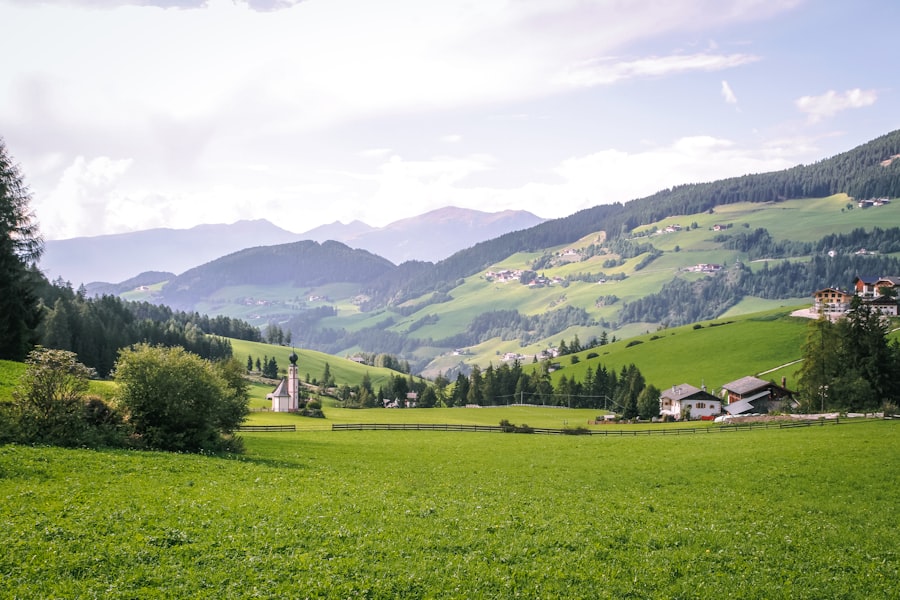
Recreational Spaces and Urban Cooling
Lawns and parks filled with grass provide recreational spaces for communities while also contributing to urban cooling through evapotranspiration—a process where plants release moisture into the air. This cooling effect is particularly important in densely populated areas where heat islands can exacerbate temperature extremes during summer months.
Stormwater Management and Flood Prevention
Urban grasslands can play a significant role in stormwater management. Green spaces with grass absorb rainfall, reducing runoff and minimizing the risk of flooding during heavy rain events. By incorporating permeable surfaces and native grasses into urban landscaping designs, cities can improve their resilience to climate change impacts while promoting biodiversity within urban settings.
Enhancing Ecological Functionality
The integration of grass into urban landscapes not only beautifies cities but also enhances their ecological functionality.
Grass as a Renewable Energy Source
The potential of grass as a renewable energy source is increasingly being recognized in the context of sustainable energy production. Certain species of grass are being cultivated specifically for bioenergy applications due to their high biomass yield and low input requirements. For instance, switchgrass has emerged as a leading candidate for biofuel production because it can thrive on marginal lands that are unsuitable for food crops.
The conversion of grass biomass into energy can take various forms, including direct combustion for heat or electricity generation and biochemical processes that produce biofuels like ethanol or biodiesel. The use of grass for energy not only provides an alternative to fossil fuels but also contributes to rural economic development by creating jobs in biomass production and processing sectors. As technology advances and research continues to explore efficient methods for converting grass into energy, its role as a renewable resource will likely expand further.
Grass in Agriculture and Livestock Management
Grass is fundamental to agricultural systems, particularly in livestock management where it serves as a primary feed source for grazing animals such as cattle, sheep, and goats. Pasture-based systems that rely on natural grasses promote animal health by providing a diverse diet rich in nutrients compared to grain-based feeding systems. Grazing on pasture allows livestock to exhibit natural behaviors while also reducing feed costs for farmers.
Moreover, integrating grass into crop rotations can enhance soil health and fertility through practices like cover cropping and intercropping. Grasses such as rye or clover can be planted during off-seasons to prevent soil erosion and improve nutrient cycling by fixing nitrogen in the soil. This practice not only benefits subsequent crops but also contributes to sustainable farming practices by reducing reliance on synthetic fertilizers.
The symbiotic relationship between grass and agriculture underscores its importance in promoting food security while maintaining environmental integrity.
If you’re interested in the art of drawing, you may also enjoy reading about the crucial ecological roles of microbes and lower cryptogams in ecosystems. This article explores the intricate relationships between these tiny organisms and the environment, highlighting their importance in maintaining ecological balance. To learn more about this fascinating topic, check out The Crucial Ecological Roles of Microbes and Lower Cryptogams in Ecosystems.
FAQs
What is grass drawing?
Grass drawing is a technique used in art to create the illusion of grass or foliage in a drawing or painting. It involves using various tools and techniques to mimic the appearance of grass, such as using fine lines, stippling, or other methods to create a realistic texture.
What tools are used for grass drawing?
Various tools can be used for grass drawing, including pencils, pens, markers, and brushes. Some artists may also use unconventional tools such as toothbrushes, sponges, or even grass combs to create unique textures and effects.
What techniques are used for grass drawing?
There are several techniques that can be used for grass drawing, including hatching, cross-hatching, stippling, and scumbling. These techniques involve creating different textures and patterns to mimic the appearance of grass or foliage.
What are some tips for drawing realistic grass?
To draw realistic grass, it’s important to pay attention to details such as the direction of the grass blades, the variation in length and thickness, and the overall composition of the grassy area. It can also be helpful to study real grass and observe how it grows and moves in different environments.
Can grass drawing be used in different art forms?
Yes, grass drawing techniques can be used in various art forms, including drawing, painting, and even digital art. Artists may use these techniques to create realistic landscapes, nature scenes, or even abstract compositions that incorporate elements of grass or foliage.




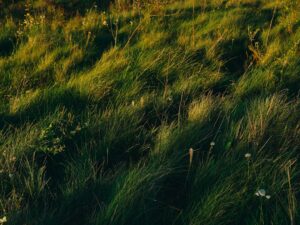

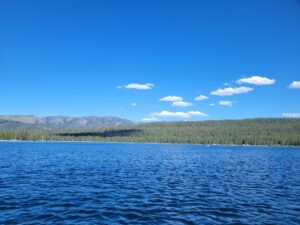
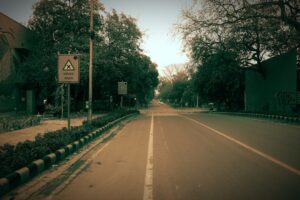


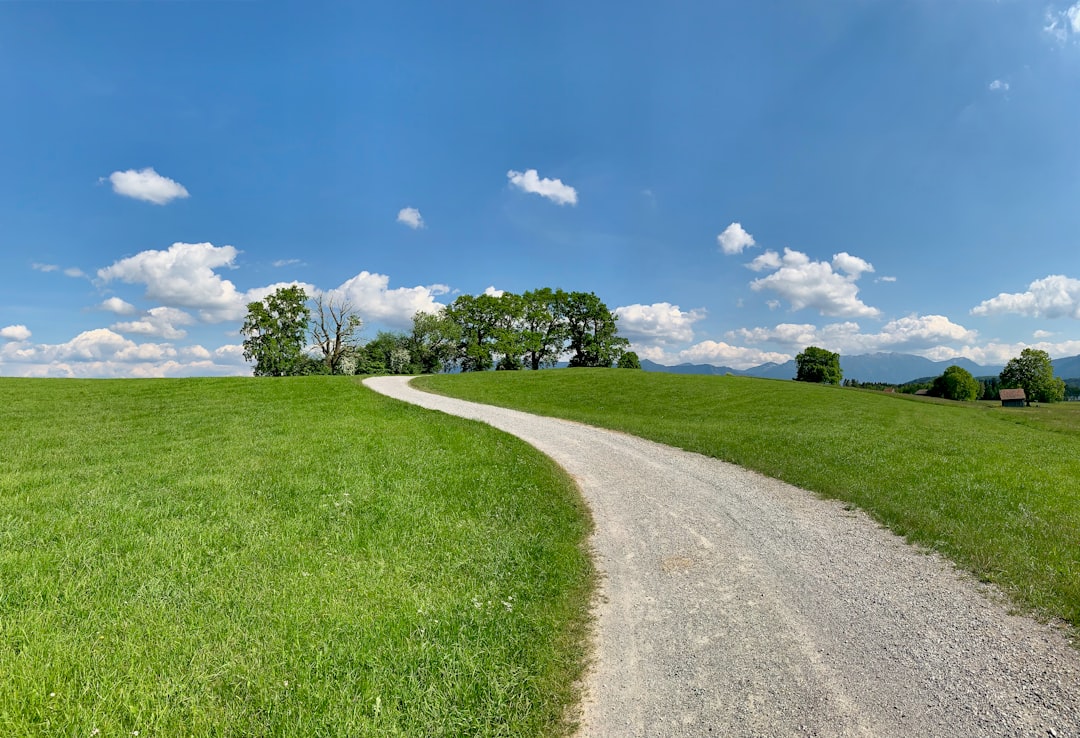
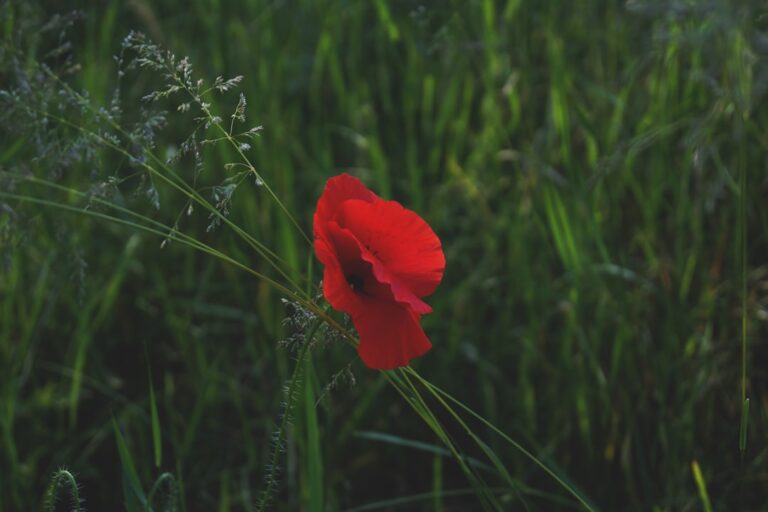

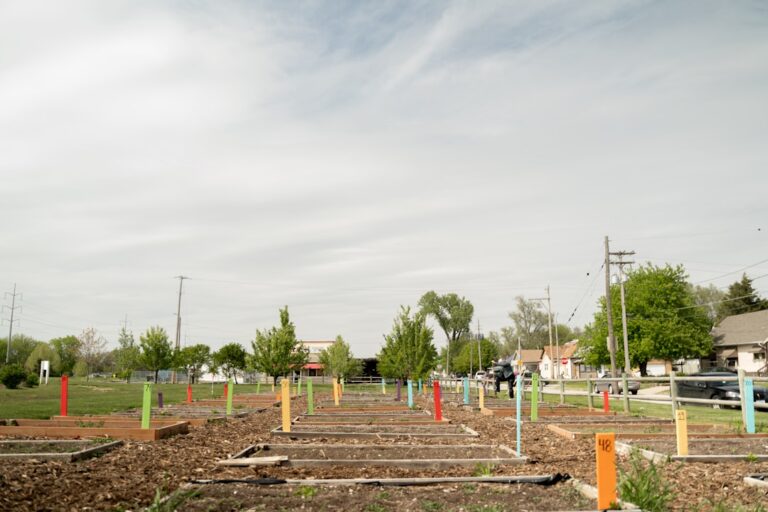



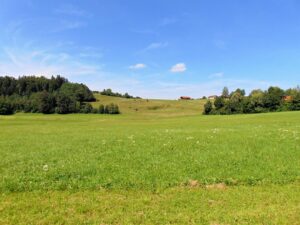
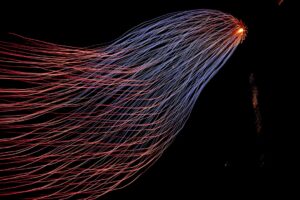

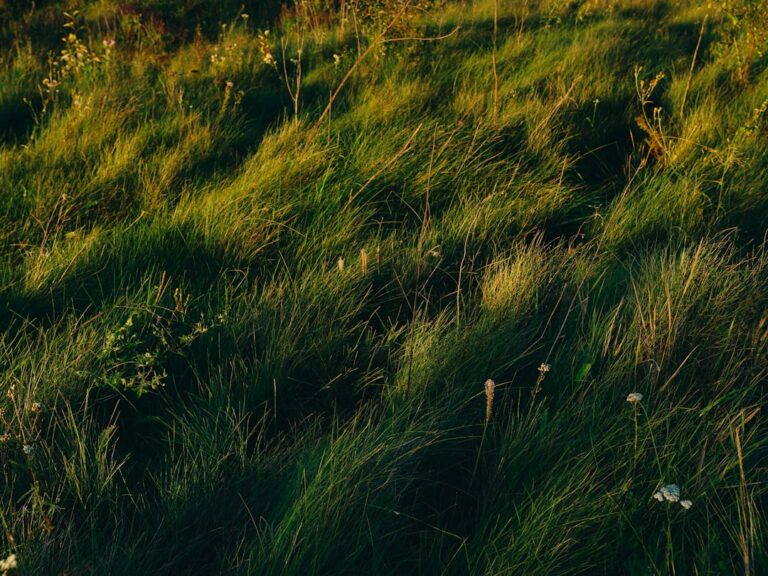
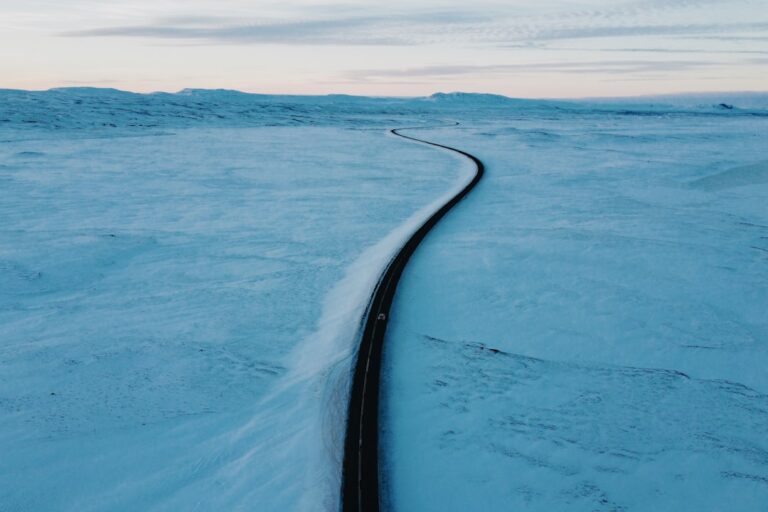
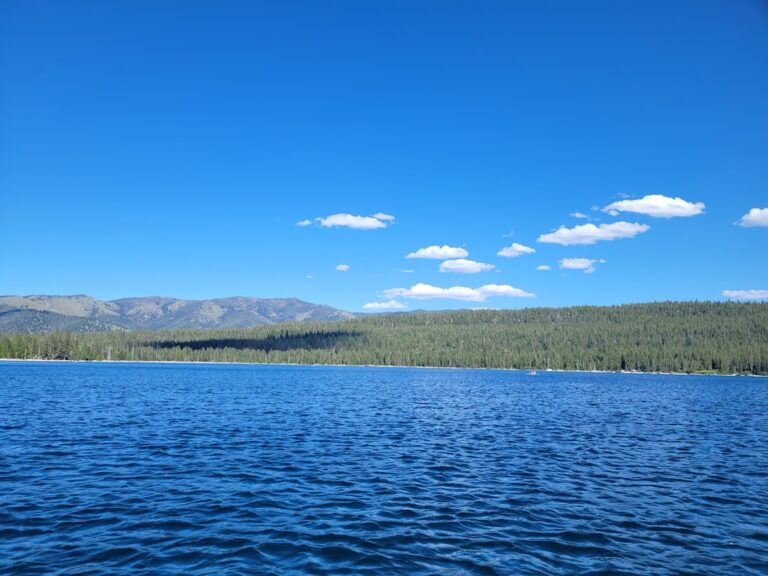

+ There are no comments
Add yours